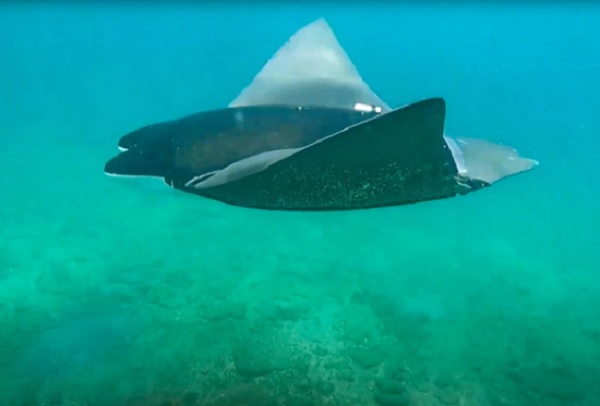Beijing, June 10, 2024 — China has announced plans to significantly expand its fleet of advanced ‘manta ray’ submersibles, with a primary focus on enhancing its reconnaissance capabilities. This move is part of a broader strategy to strengthen China’s maritime presence and technological prowess in underwater operations.
Expansion of the Fleet
The new initiative, unveiled by the Chinese Ministry of National Defense, involves the production and deployment of several next-generation ‘manta ray’ submersibles over the coming years. These unmanned underwater vehicles (UUVs) are designed to resemble the sleek and agile movements of manta rays, providing them with superior maneuverability and stealth.
The expansion plan includes upgrading existing models with advanced sensors, communication systems, and extended operational ranges. According to military analysts, these enhancements will significantly boost China’s ability to conduct underwater reconnaissance, gather intelligence, and monitor naval activities in contested waters.
Strategic Objectives
China’s decision to expand its ‘manta ray’ fleet aligns with its broader goals of asserting dominance in the South China Sea and other strategic maritime regions. The stealth capabilities of these submersibles make them ideal for covert surveillance operations, potentially giving China a significant advantage in monitoring foreign naval movements and securing its maritime interests.
A spokesperson for the Ministry of National Defense stated, “The development and deployment of these advanced submersibles is a crucial step in ensuring our national security and maintaining stability in our maritime territories. The ‘manta ray’ fleet will enhance our reconnaissance capabilities, providing us with critical intelligence and situational awareness.”
Technological Advancements
The ‘manta ray’ submersibles are equipped with state-of-the-art technology, including high-resolution sonar, advanced propulsion systems, and AI-driven navigation. These features enable the submersibles to operate autonomously for extended periods, transmitting real-time data back to command centers.
Military experts suggest that the integration of AI and machine learning into these submersibles will allow them to identify and track underwater objects with unprecedented precision. This technological edge is expected to enhance China’s ability to detect and respond to potential threats in its territorial waters.
Regional Implications
The expansion of China’s ‘manta ray’ fleet is likely to raise concerns among neighboring countries and global powers with interests in the Asia-Pacific region. The move could exacerbate existing tensions, particularly in the South China Sea, where territorial disputes have been a long-standing issue.
Regional military analysts warn that the increased reconnaissance capabilities could lead to heightened surveillance activities, potentially provoking responses from other nations with competing territorial claims. The United States, in particular, may view this development as a challenge to its naval operations in the region, possibly leading to increased military presence and patrols.
International Reactions
Initial reactions from the international community have been mixed. Some countries have expressed apprehension over China’s growing underwater capabilities, calling for increased transparency and dialogue to prevent misunderstandings and conflicts.
The U.S. Department of Defense has yet to issue an official statement, but defense experts suggest that the expansion of the ‘manta ray’ fleet will be closely monitored. “This development underscores the need for a robust and responsive naval strategy in the Indo-Pacific region,” commented a senior defense analyst.


